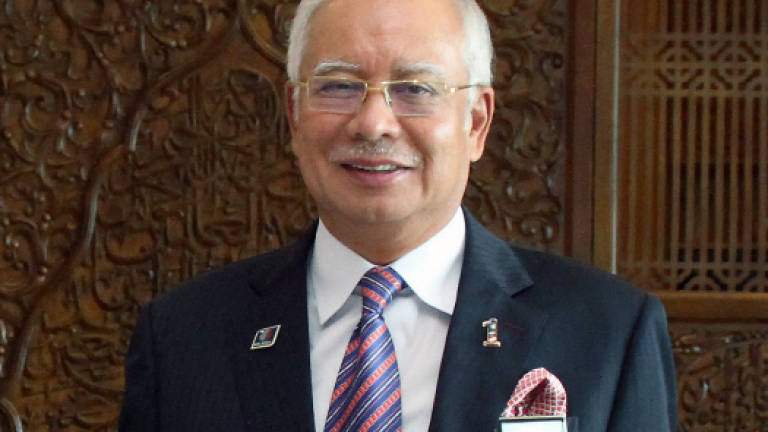Najib: Photos of local interesting locations by netizens help tourism

KUALA LUMPUR: Photographs of local interesting locations shared by social media users can boost their popularity and help the local tourism industry, said Prime Minister Datuk Seri Najib Abdul Razak.
He said through their photographs and Instagram accounts, the social media users could highlight local interesting places which are seldom visited like Pantai Tusan in Miri, Pantai Bachok in Kelantan and many other places.
"There are many locations and interesting places in our country which have not been fully discovered and the photographs of social media users can help boost their popularity and increase the income of the locals through tourism.
"Many people who comment on these photographs say they thought these were taken in exotic countries like New Zealand or South Korea, and were surprised when they find out it is really in Malaysia," Najib said in his latest posting in his blog www.najibrazak.com today.
He was commenting on his meeting with photographers and social media users or Instafamous at a dialogue session held at the Cartel Coffee Shop in Bangi yesterday.
Among them were Nasrul Faiz (@Faizdickie), Kamarulzaman Ali (@z.own), Hishammudin Hashim (@tkdnxv), Shafiq Saleh (@shafiqanaksaleh), Adly Aizad (@adlyaizad), and Taufiq Nadri (@taufiqnadzri) , all of whom have a strong presence on the social media, especially Instagram.
Other than the interesting locations in the country, Najib said he was also impressed with the beautiful photographs which reflected the spirit of #Negaraku such as those of Orang Asli children, a view of the city at night and the LIMA (Langkawi International Maritime and Aerospace) exhibition.
"They shared with me their experiences, challenges and aspirations as social media users and how they can contribute to #Negaraku through their medium and in their own way. When combined, their influence or reach can be almost 900,000 people," he said.
He added that they also shared the gadgets and equipment they used such as the Fujifilm, Canon, Nikon (cameras) and others.
What was even more amazing, Najib said, was that the technology of handphones or mobile photography had evolved so rapidly that they could now compete with or be even better than DSLR cameras such as Huawei which used Leica (camera) technology.
"It is not impossible that in the future, the mobile phone can replace the DSLR camera as the gadget of choice for professional photographers. This is yet another proof that technology is something which evolves rapidly and if we are complacent, we will be left far behind," he said.
He said human resource development must now look into how to prepare human capital for jobs which have not yet been created but will become important in the future.
Najib described the youths he met as pioneers who paved the way for other youths who are interested in the creative arts such as photography and videography to take advantage of technology and show their creativity.
Other issues which were brought up during the dialogue were challenges faced by social media users, especially in the mentality and acceptance of the industry of them.
"There is still a stigma that they are less than the mainstream media or a second grade version of media," he said, stressing that this was not true and they were actually more influential than the mainstream media.
Najib said there were many agencies and media practitioners who were stuck, not realising the importance of the digital media as the most effective way of achieving something and expanding influence in an era of rapidly expanding technology. — Bernama